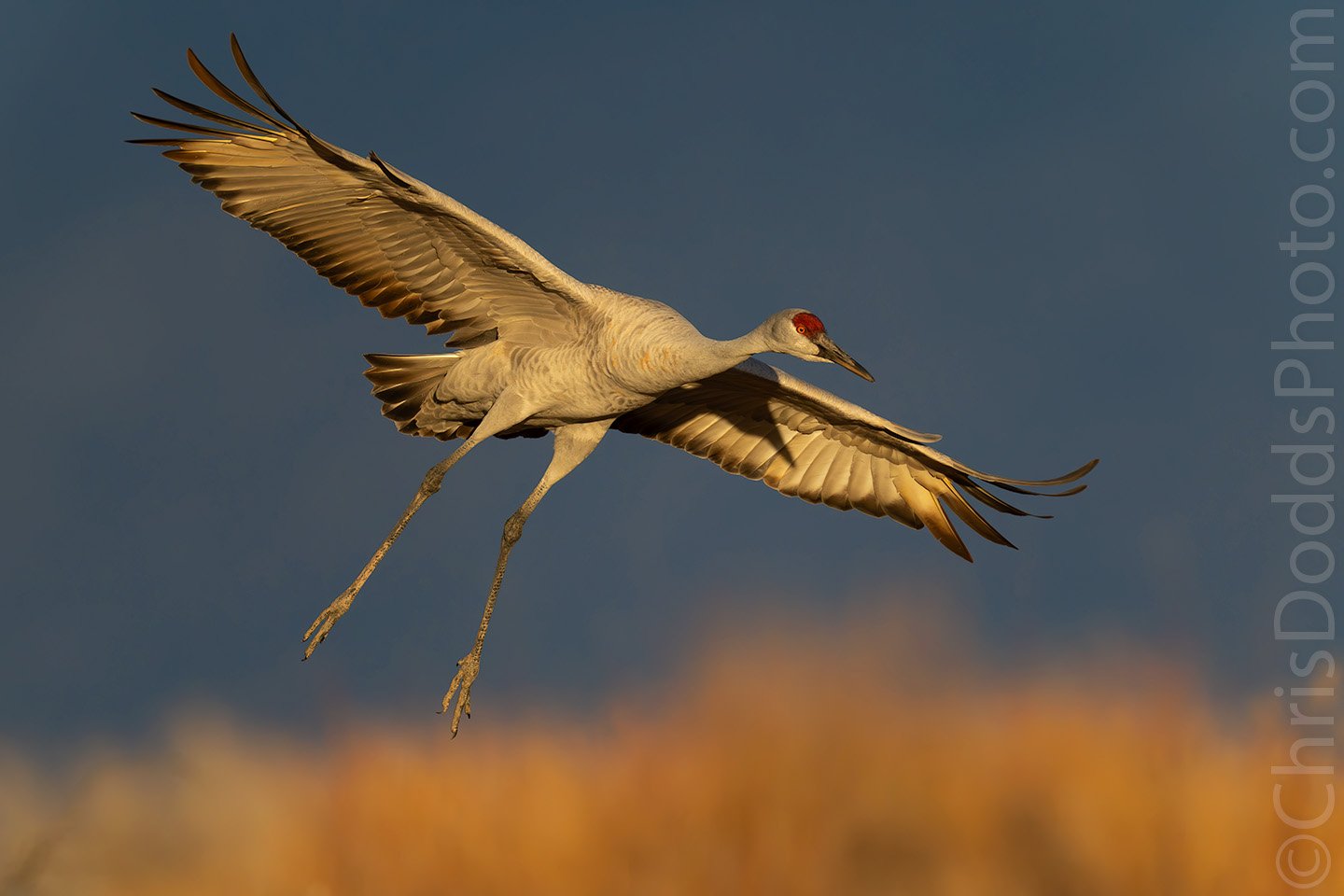Last December, I had the pleasure of leading my annual "Better than Bosque Workshop," and it truly lived up to its name. We were having an incredible morning, immersed in the beauty of Wood Ducks as they gracefully navigated the ponds, their vibrant plumage perfectly mirrored in the water. The autumn colours, courtesy of the surrounding trees, added an extra layer of magic to the reflections.
Out of nowhere, a Hooded Merganser appeared! It executed a rapid, almost comical "flip-flop" maneuver, quickly losing altitude right in front of us. Talk about being in the right place at the right time! I was fortunate to fire off a few frames, and I'm particularly fond of this one. The autumn colours of a sycamore tree in the background perfectly complement the bird, creating a stunning backdrop.
Hooded Mergansers (Lophodytes cucullatus) are truly distinctive ducks, known for their striking crests. Males, especially, are easily identified by their large, fan-shaped white crest bordered in black, which they can raise or lower depending on their mood or display. These agile divers are built for speed underwater, using their strong feet to propel themselves as they pursue small fish, crustaceans, and aquatic insects. Unlike many other ducks, they have a slender, serrated bill, perfectly adapted for grasping slippery prey. You'll often find them in wooded ponds, swamps, and slow-moving rivers across North America, especially during migration and in winter. Their sudden appearances and energetic movements make them a thrilling sight for any birdwatcher or photographer!
Join me in New Mexico this December for the five-day Better Than Bosque Workshop; only two spots remain available.
Hooded Merganser Top-side Flight (Lophodytes cucullatus, Harle couronné, Serreta capuchona, HOME) from my Better than Bosque workshop . Albuquerque, New Mexico, USA. Image Copyright ©Christopher Dodds. Sony a9 III Mirrorless camera & Sony FE 600mm f/4 G Master OSS Lens with Sony FE 2X Teleconverter @1,200mm ISO 4,000, f/8 @ 1/5,000s. Manual exposure. Full frame image.





















